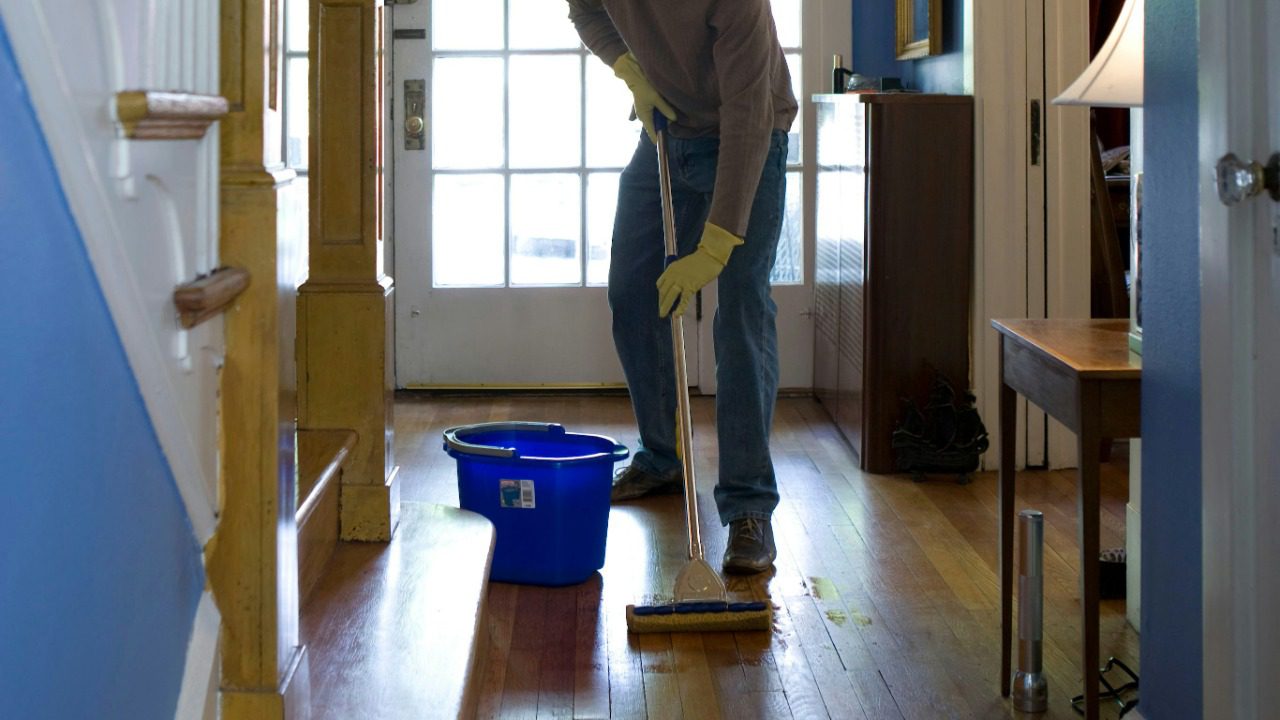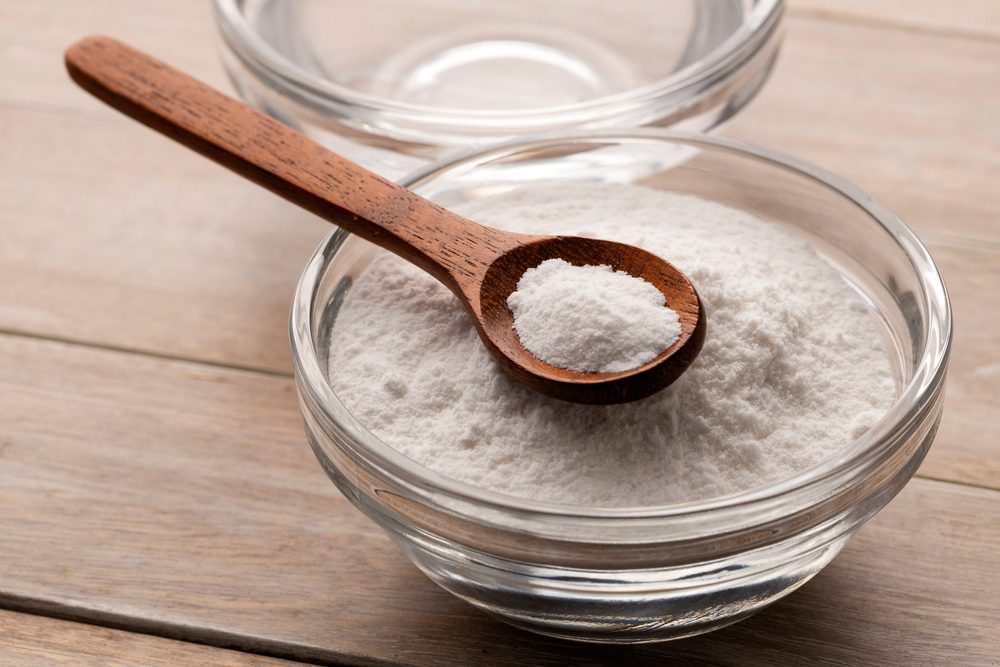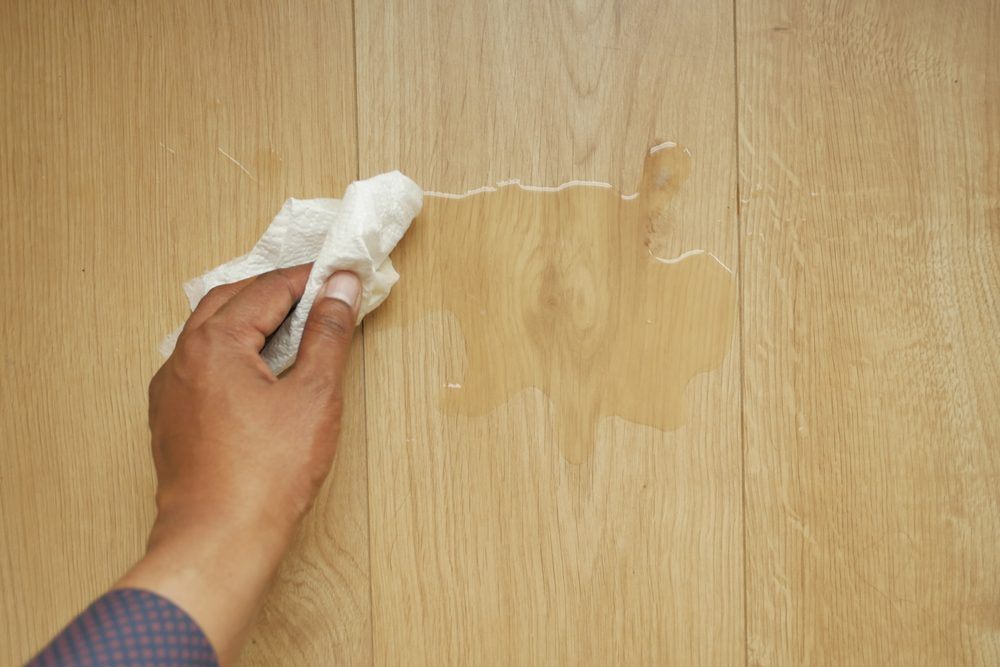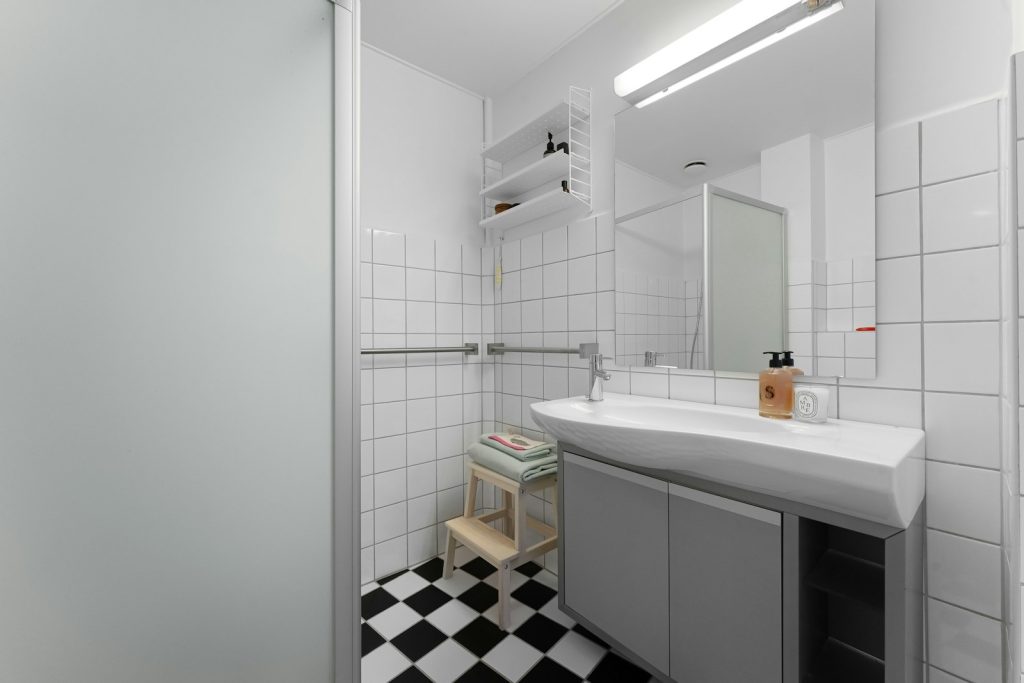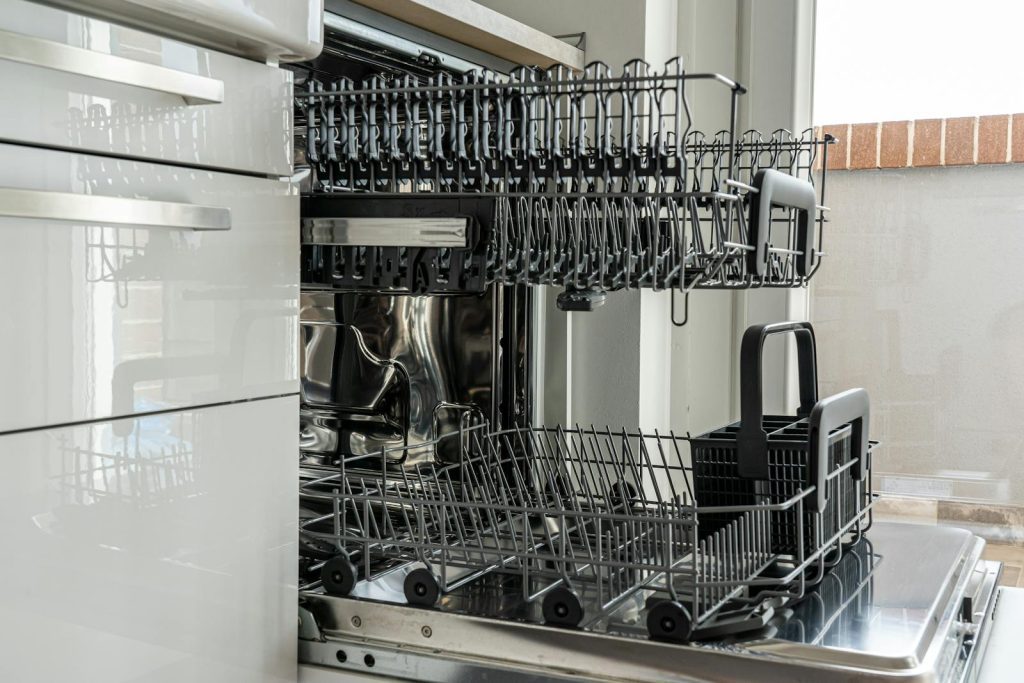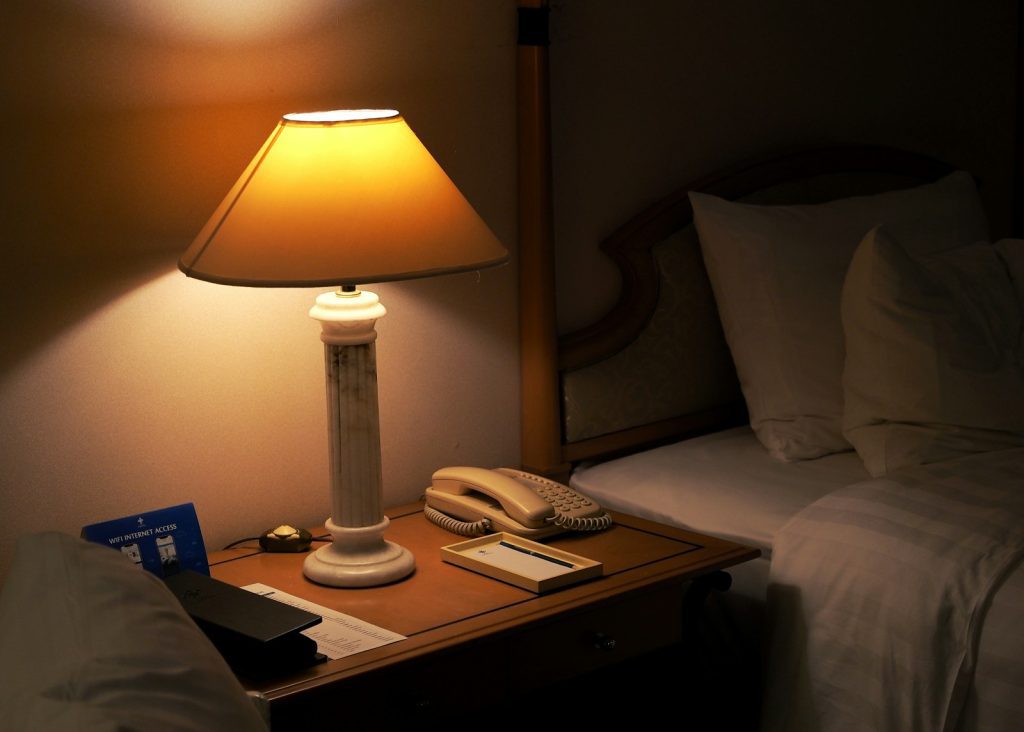We all want a clean, tidy home. It’s a space where we can relax, unwind, and enjoy time with family and friends. But, despite our best intentions, clutter seems to find a way to creep in and take over. The key to a clutter-free home is not just about organizing what you have; it’s about preventing clutter before it starts.
Let’s explore 16 ways to stop clutter before it even has a chance to begin.
1. One in, One out Rule
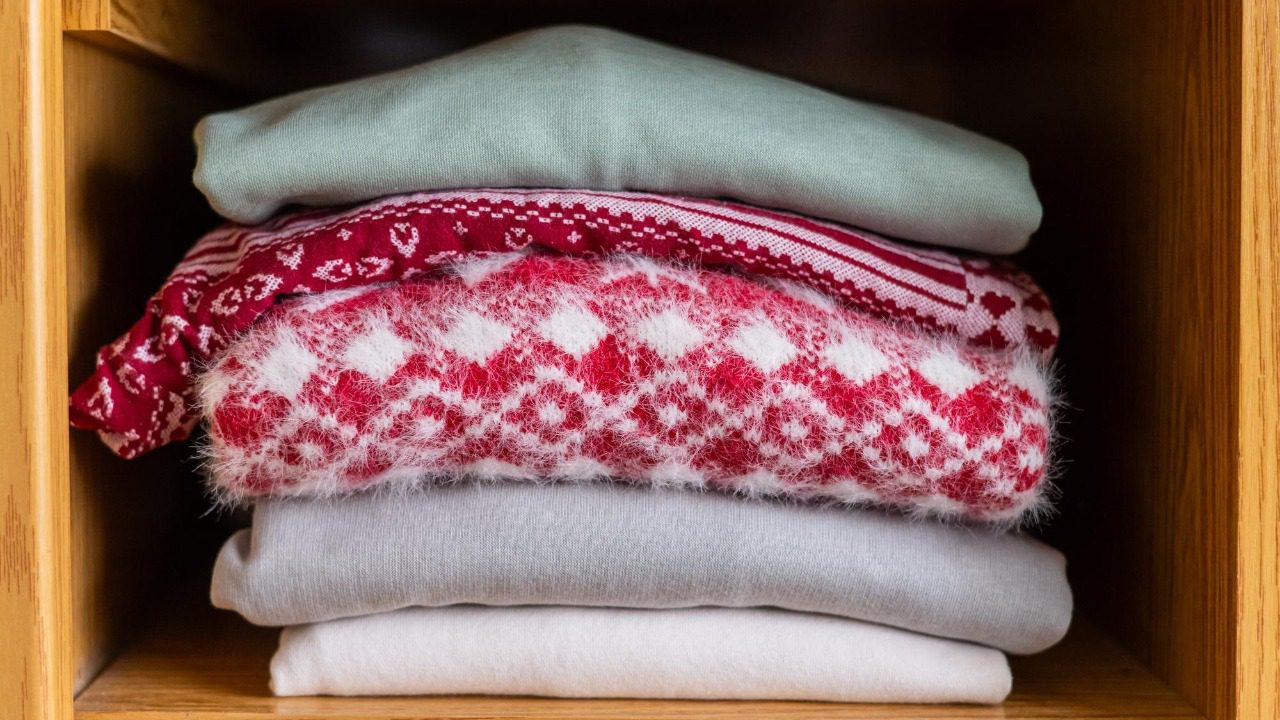
Adopting the ‘one in, one out’ rule is one of the best ways to prevent clutter from accumulating. The concept is simple: for every new item you bring into your home, you must remove one. Bringing in a new dress? Time to donate an old one. Got a new coffee maker? Sell or donate the one that’s been collecting dust.
This rule not only prevents clutter but also encourages mindful shopping. You will think twice before buying something new if you know you have to part with something else. It’s a practical rule that ensures you only have items that you need and truly love in your home.
2. Keep Flat Surfaces Clear

Flat surfaces like countertops, tables, and desks are clutter magnets. We tend to use these areas as dumping grounds for mail, keys, and other miscellaneous items. However, by making a conscious effort to keep these surfaces clear, you can prevent clutter from building up.
To maintain clear surfaces, everything should have a designated place. Create a mail station, hang hooks for keys, and use baskets or trays to corral smaller items. A clear surface not only looks tidy but also makes cleaning easier and quicker.
3. Regularly Declutter

Regularly decluttering your home can prevent clutter from piling up. Instead of waiting for a big spring clean, try to incorporate decluttering into your routine. This could be as simple as going through one drawer or cupboard a day.
Decluttering regularly makes the task less daunting and more manageable. It also allows you to constantly assess what you have and what you need, preventing unnecessary items from accumulating. Remember, decluttering is not a one-time event, but a habit to be cultivated.
4. Use Vertical Space

Often, we don’t utilize our vertical space efficiently. Walls, the backs of doors, and the insides of cabinets offer ample storage opportunities. Shelves, hooks, racks, and magnetic strips can be used to keep items off flat surfaces and floors.
By making use of vertical space, you maximize your storage capacity without adding to the clutter. It’s also an excellent way to keep items easily visible and accessible, saving you time searching for things.
5. Digitize Documents
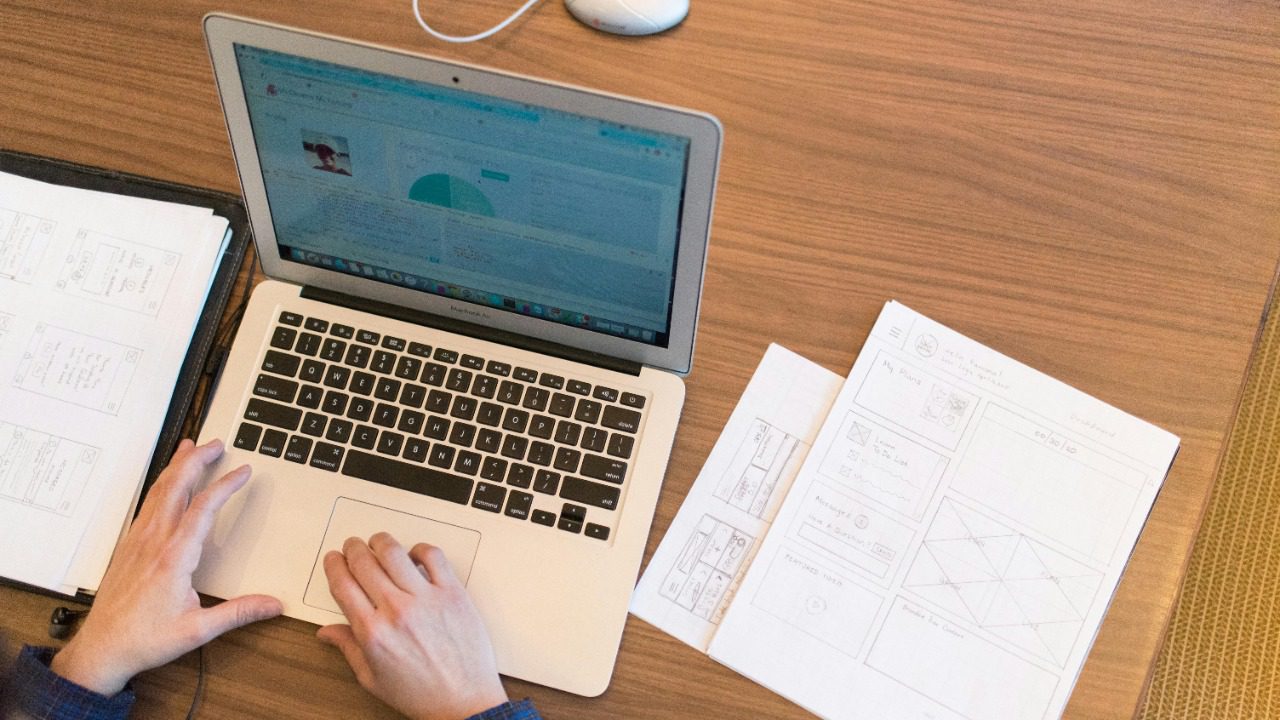
Paper clutter is one of the most common types of clutter. Bills, receipts, manuals, and other documents can quickly pile up. By digitizing these documents, you can drastically reduce paper clutter.
Scan important documents and store them in the cloud or on an external hard drive. Switch to electronic bills and statements. Not only will this reduce clutter, but it also makes it easier to search for and access documents when you need them.
6. Buy Multifunctional Furniture
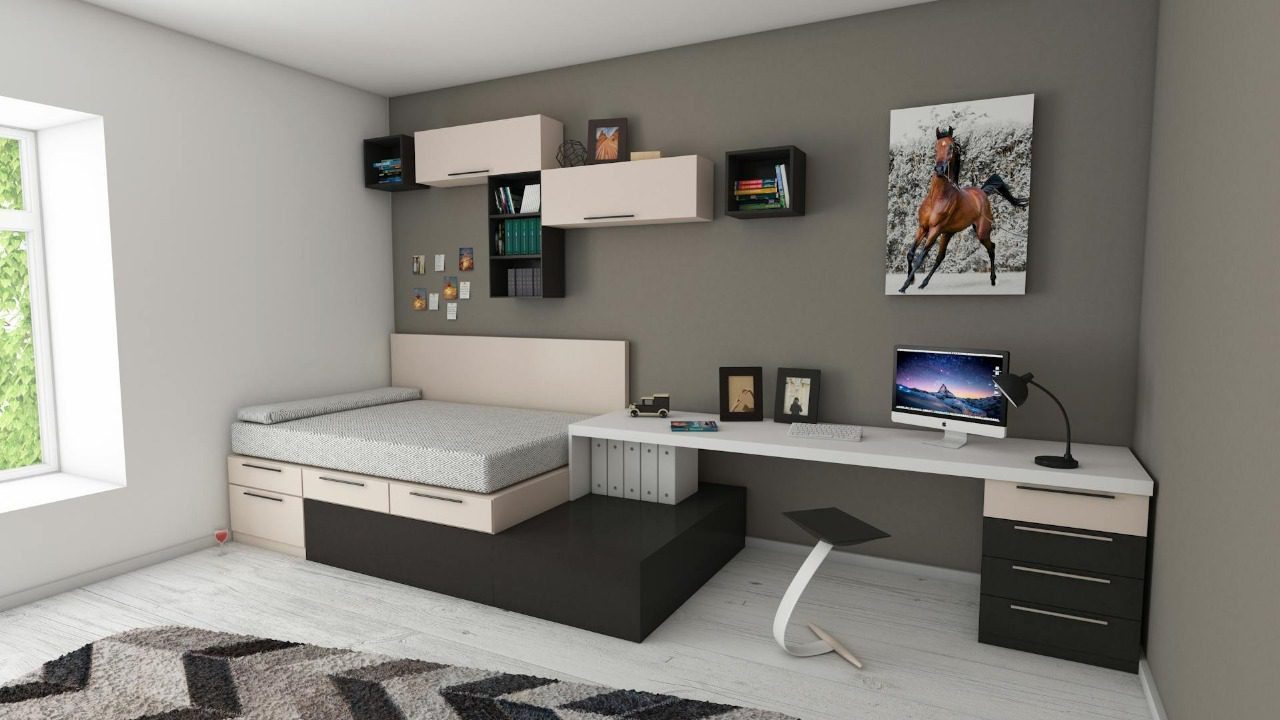
Multifunctional furniture is a great way to cut down on clutter. Pieces like storage ottomans, coffee tables with drawers, and beds with built-in storage can hold a multitude of items, keeping them out of sight and your space tidy.
Such furniture is particularly useful in small spaces, where storage is limited. It allows you to keep the items you need without having to sacrifice space or style.
7. Limit Souvenirs

While souvenirs can be a wonderful reminder of a trip, they can also contribute to clutter. Instead of buying trinkets, consider collecting memories in the form of photos, postcards, or a travel journal.
If you do buy souvenirs, make sure they are items you truly love and will use or display. Remember, you don’t have to bring something back from every trip. Sometimes, the memories are souvenir enough.
8. Set Limits
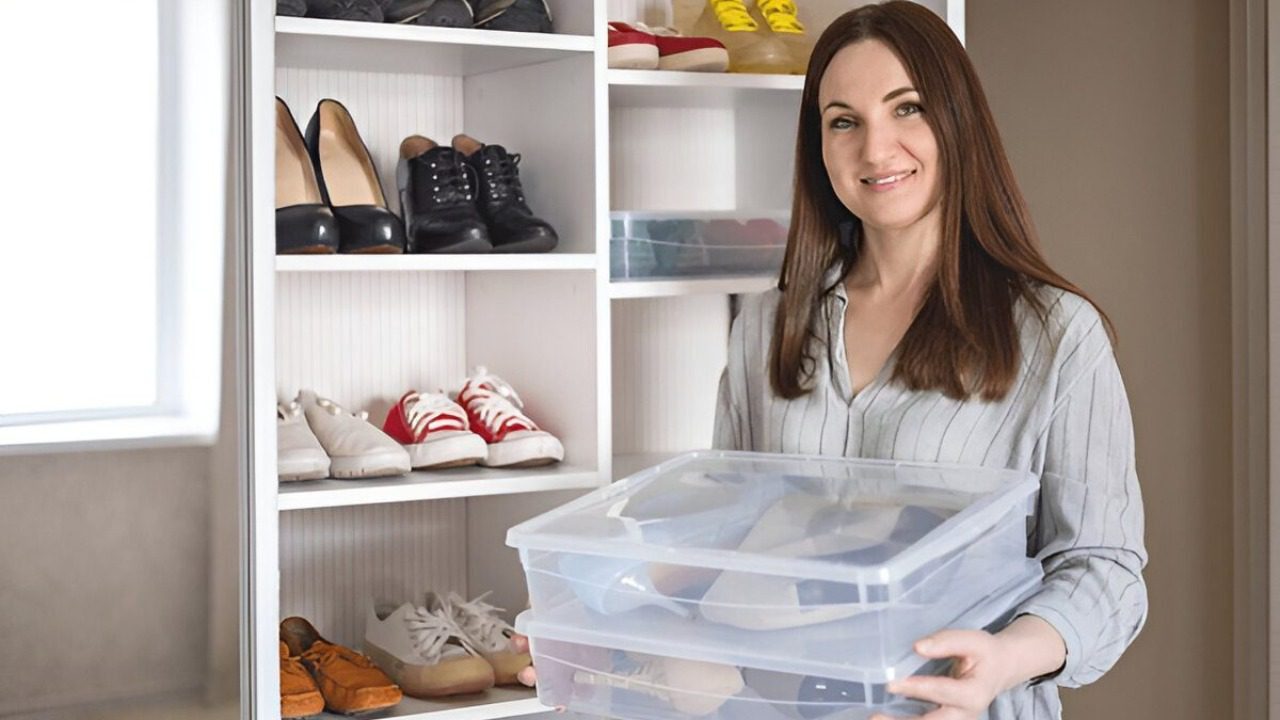
Setting limits can help prevent clutter. This could be a limit on the number of items in a category (e.g., shoes, books) or a limit on the space allocated for certain items (e.g., one shelf for knick-knacks).
When you reach these limits, it’s time to declutter before buying anything new. This approach ensures you only have what you truly need and love, rather than a collection of items that contribute to clutter.
9. Don’t Buy Just Because It’s On Sale

Just because something is a bargain doesn’t mean you need it. Buying items just because they’re on sale can lead to a lot of unnecessary clutter.
Before you buy, ask yourself if you would want the item if it were full price. If the answer is no, it’s probably not something you need. Remember, a deal isn’t a deal if it’s for something you don’t need or won’t use.
10. Use the 30-Day Rule

The 30-day rule is a great way to prevent impulse purchases. If you want to buy something that’s not a necessity, wait 30 days. If you still want it after that time, go ahead and buy it.
More often than not, the urge to buy will pass. This rule can prevent you from bringing unnecessary items into your home, helping to prevent clutter.
11. Use Storage Solutions Wisely
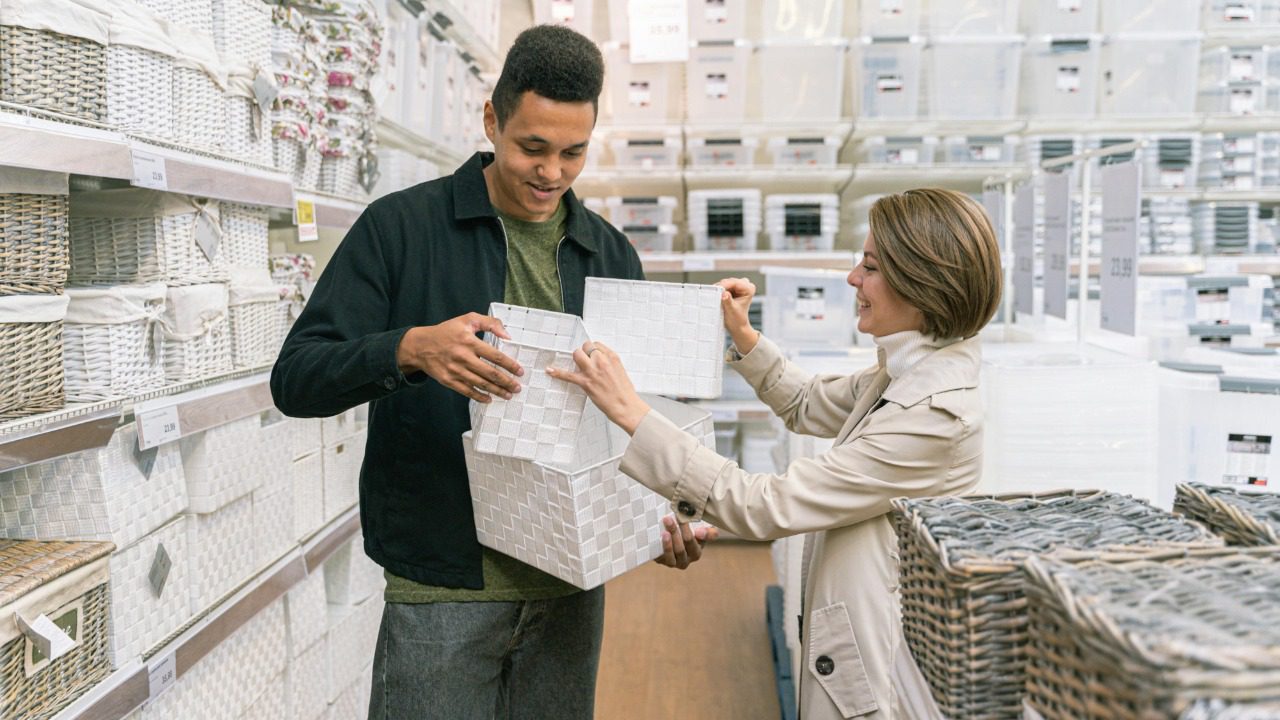
While storage solutions can help keep your home organized, they can also contribute to clutter if not used wisely. Instead of buying more storage, try to declutter first.
When you do use storage, make sure it’s efficient and suitable for what you’re storing. Use clear bins for items you need to see, label boxes, and keep like items together. This will make it easier to find what you need and prevent you from buying duplicates.
12. Unsubscribe from Catalogs and Junk Mail

Junk mail and catalogs can quickly pile up, contributing to clutter. Consider unsubscribing from these mailings to reduce paper clutter.
Most companies offer an online version of their catalog, so you can still browse without the physical clutter. Plus, reducing the amount of paper mail you receive is good for the environment.
13. Avoid Bulk Buying

While bulk buying can save money, it can also lead to clutter. Unless you have a large family or plenty of storage space, avoid buying in bulk.
Buy what you need when you need it, especially when it comes to perishables. This will prevent you from having a surplus of items taking up space in your home.
14. Don’t Keep Things Just in Case

Keeping items just in case you might need them someday can quickly lead to clutter. If you haven’t used an item in the past year, chances are you won’t miss it if it’s gone.
Donate or sell these items to free up space. If you do end up needing the item in the future, you can always borrow or buy it again.
15. Teach Your Kids About Clutter

If you have kids, teach them about clutter from a young age. Encourage them to regularly go through their toys and donate those they no longer play with.
Give them designated spaces for their belongings and involve them in tidying up. This will help instill good habits and prevent their belongings from adding to the clutter.
16. Be Grateful for What You Have

One of the best ways to prevent clutter is to be grateful for what you already have. When you appreciate the items you own, you’re less likely to bring in new, unnecessary items.
Practice gratitude by taking care of your belongings and making sure they have a designated space. This not only prevents clutter but also makes your home a more enjoyable place to be.

